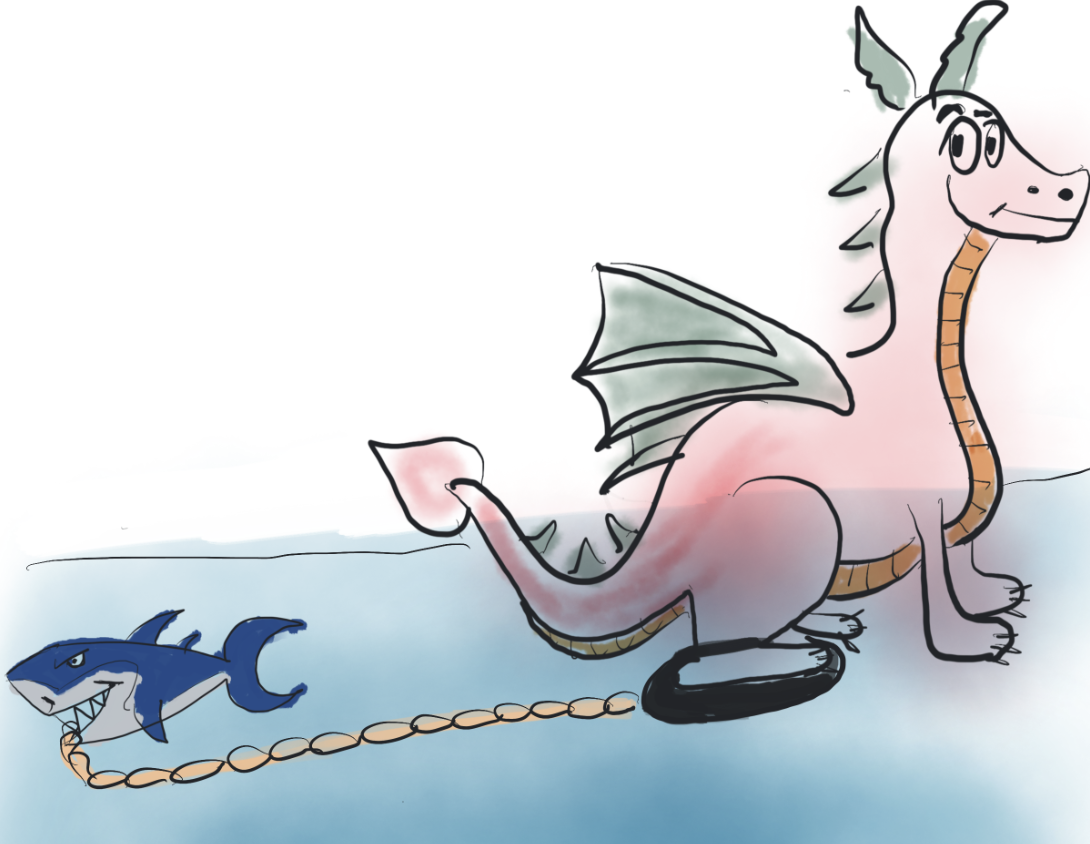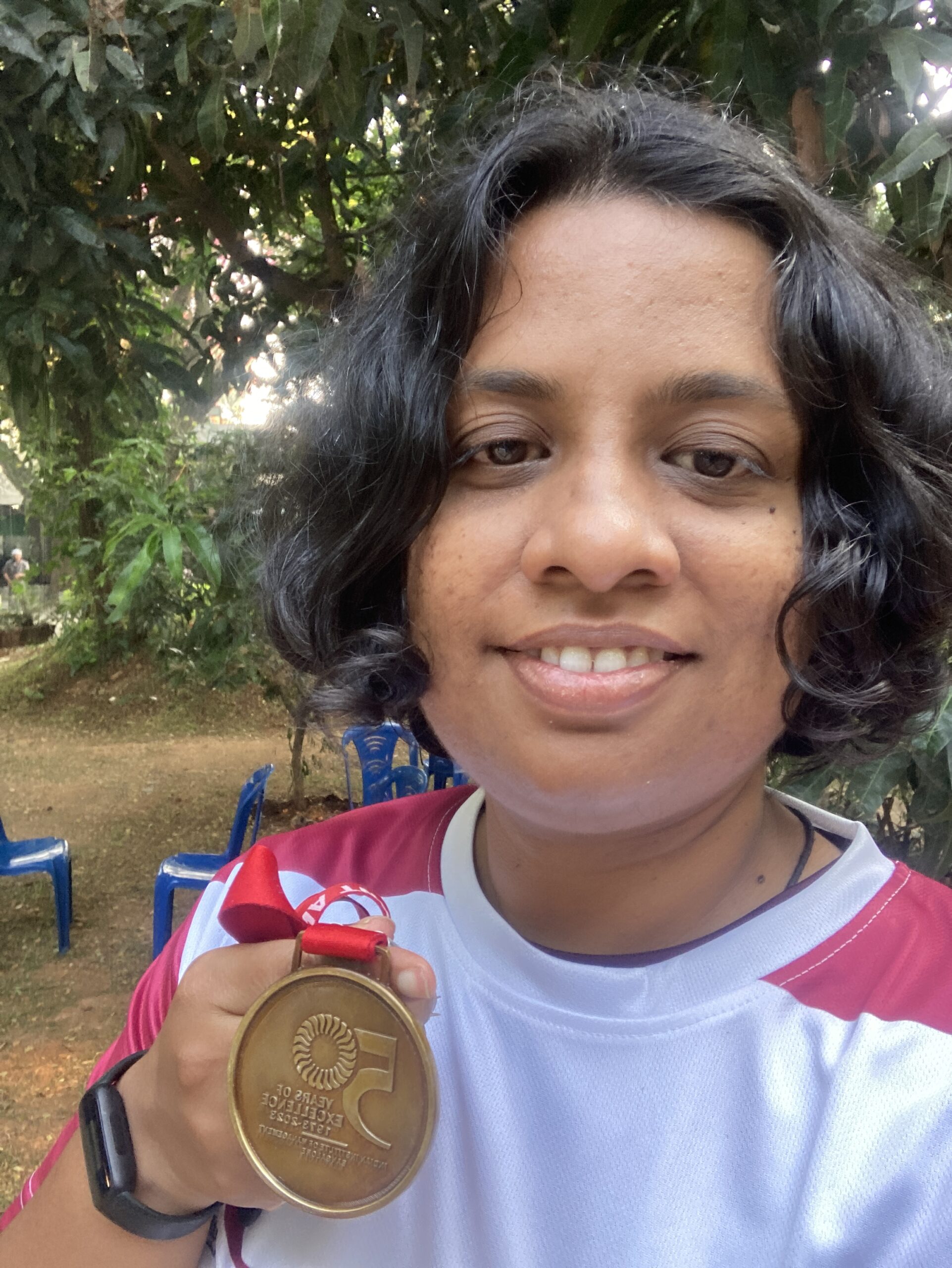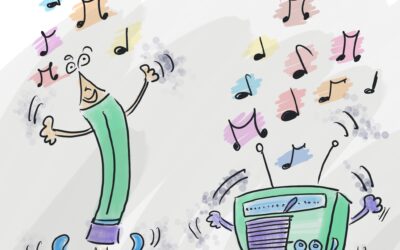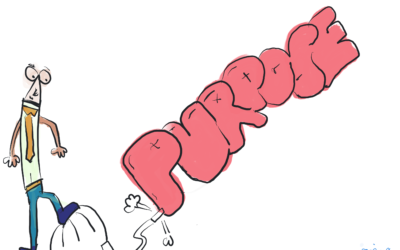Aaron Corcoran, a biologist, was studying the hunting habits of the Mexican free-tailed bats when he spotted something unusual. Bats use a variety of calls to communicate with each other and to navigate, and most of these calls are outside of human hearing range. Corcoran’s ultrasonic microphones picked up an unusual frequency that the bats were sending out when they were about to snag their prey. Corcoran and his colleague William Conner studied this phenomenon further.
Through a series of experiments, they found that bats emit these special signals, which interfere with and confuse the navigational signals of the other bats in the vicinity. Bats about to snag their prey send out these “jammer” signals, loaded with too many frequencies, throwing the other bats off track and causing distraction. The free-tailed bats considerably reduced their competitor’s success chances of capturing this prey from 65% to 18% by sending out distractions.
Distractions are aplenty in our lives in this modern age of working and living. When trying to get things done or achieve our goals, distractions throw us off course. Like the competitor of the free-tailed bats about to snag its prey, our path is jammed up by distractions, reducing our chances and success rate of achieving our goals.
So, how do we tame the distractions we encounter and move towards living and doing our work with intention?
First, we need to be able to name the distractions. We must look closely at them with curiosity and understand their nature. We can tame them once we see them for what they are and name them.
Why is naming distractions important?
Most often, we employ strategies to manage distractions without truly understanding them. This leads to strategies that do not work in the long term, and we slip into old habits of working. This gets us into the vicious loop of letting things slide until we are forced to do something drastic to reclaim our focus and intention.
Once we are able to name our distractions, we can find strategies uniquely suited to managing and working with them. We will explore in detail three broad categories of distractions.
- External
- Task Related
- Internal
External Distractions
The source of these distractions is outside of your immediate task. They do not originate from within you or from your task. These distractions have a strong pull on your senses. They have strong sensory stimuli that make them potent sources of distraction.
The three major sources of external distractions are:
- Environment
- People
- Technology
Environment
As I write this article, the only sounds I can hear trickle into my study are the distant hum of traffic, occasional movement in the apartment above me, wind in the trees, and my keyboard clacking. It is a quiet day. My environment is conducive to deep work right now. But not always.
On other days, there would be a drilling sound from the floors above, blaring Bollywood songs from loudspeakers, frequent doorbells, and people having conversations within earshot. Each environment is unique in its endless source of noise and interruptions. There are days when they do not matter much, but when you are doing work that needs high focus or mental energy, these distractions can become bothersome.
People
When I was working in an office, there was always a shortage of space, so we ended up hot desking and often had less than one foot distance from my co-worker. Colleagues dropping in for a chat, children running into your office to ask questions, and family members interrupting your work are some of the typical distractions you would have from “live” people in your surroundings.
When your energy is low, this distraction can drive you up the wall and reduce your capacity to regulate your emotions and capacity to respond.
Technology
Technology as a source of distraction deserves a whole article in itself. This particular type of distraction is now ubiquitous. Phones, computers, smart watches, tablets, and smart home appliances are loaded with endless opportunities to “notify” us of something. Almost all devices are designed by default to send us notifications from inbuilt apps or the ones we install.
Email, phone, message, chat, social media, delivery, news, stock market price, Duolingo, meditation, drinking water, fasting—every app on our devices sends us notifications throughout the day. These notifications are harder to resist than the other kinds, and they are addictive, too.
Task Related Distractions
The source of this kind of distraction arises from the task at hand. These occur when our attention is diverted to activities or tasks unrelated to our primary goal.
Let’s explore the three types of task-related distractions.
- Multi-Tasking
- Hyper Focus on Minor Details
- Productive Procrastination
Multi-Tasking
Multi-tasking is better described as task switching. More often than not, we do not do multiple tasks in parallel; we switch quickly from one task to another.
This is my major source of distraction and has been my Achilles heel for a long time. I am writing this article in a digital co-working space, and there is a check-in every hour. While writing this article, I popped into the chat to quip with other co-workers about the check-in question. Thankfully, the facilitator has better impulse control than I do, and he turned off the chat window, thereby saving us from ourselves.
This constant switching of tasks can be an impediment and completely undesirable when the task at hand demands our full attention. Constant task switching also taxes our brain, tiring it out and making it inefficient. This also reduces our ability to return to the optimum level of focus on the primary task. Research shows that task switching affects our concentration, performance and efficiency.
Hyper Focus on Minor Details
When I had to prepare for a difficult meeting, I spent a lot of time hyper-focusing on minor details that would have no bearing on the actual meeting. I might spend hours obsessing over the correct shade of red to use in a box or adjusting the opacity of shadows in a PowerPoint presentation.
This is a typical response to stress or anxiety that is undercurrent to the task that we are performing. It is likely that to manage that stress or anxiety, we might unconsciously hyperfocus on minor details that have minimal relevance, thereby distracting us from the task at hand.
Productive Procrastination
There have been many times when I had to start working on a big project, but instead, I have spent the day cleaning and re-organising my house. Instead of working on the difficult task, I would clean my decade’s worth of mail sitting in my inbox, thinking I was doing something productive. It needs to be done at some point, so now is a good time!
Productive procrastination can take the form of organising and tidying your physical or digital environment when you have a significant task that needs your attention. These are ‘productive’ but completely unnecessary in-the-moment activities that distract us from our discomfort with the task at hand.
Internal Distractions
The source of these distractions is within you—your thoughts, feelings, and overall state of body. Let’s examine each one closely in this section.
In 2014, I attended my first ten-day silent meditation retreat (a traditional Vipassana retreat). We had to surrender all our devices and reading and writing materials as part of the retreat. We had to surrender every single source of external stimulation so that we could work with our minds. I was expecting to feel a sense of relief and quiet without being constantly tethered to devices and having to respond to every notification.
However, I discovered that I had the limitless capacity to distract myself using my thoughts, emotions, past events, and future worries instead of focusing on my breath or scanning my body.
These are the true sources of distraction, manifesting in our behaviour as reacting to external or task-related distractions. These internal distractions are triggers which can set off a chain of reactions in our behaviour, like reducing our tolerance and acting out to stimuli in our environment or our tasks.
Let’s examine the three kinds of internal distractions arising from within us.
- Emotions
- Physical Sensations
- Thoughts
Emotions
Emotions are feelings combined with some really strong thoughts. These are feelings loaded with stories. Strong emotions can arise from reliving the past, something in the present, or thinking about the future. The intensity of these emotions can be strong and impede our ability to stay focused on the task at hand.
Physical Sensations
When doing 24-hour fasts, I was acutely aware of the physical sensations of hunger and my body’s prompting for food. That made it hard for me to focus on my work for the last 2 hours of my fast.
Physical signals like hunger, fatigue, discomfort, and pain can make it hard to stay focused. These sensations can narrow our focus to what is happening in our body and signal our brain to focus on that to alleviate the discomfort. This consumes a lot of mental energy, making it hard to stay focused on doing something that doesn’t relate to alleviating this discomfort.
Thoughts
The thoughts in our heads, especially if we are stuck with one or two of them, can distract us from the present moment and take our focus away. These can take the form of thought loops, where a set of thoughts keeps running in the mind, like a spin-dry cycle on the washing machine without a stop button.
Sometimes, there are chains of thoughts, where one thought leads to another, and then we are down a rabbit hole without the awareness of where we are going with the thought and whether that’s the place where we want to be in our heads.
Emotions, physical sensations, and thoughts are not distinct but closely related. Any of these can cause a cascade of reactions in the body and mind and set the other two off. A thought stuck in our heads can lead us to relive an intense emotional experience, setting off uncomfortable physical sensations in our bodies.
How do you know when something is distracting, even if it seems productive?
Activities by themselves are not distracting. What makes anything distracting is if it does not let us accomplish what we intend to do. If I am sitting down to work and intend to complete this article but am getting pulled away by the notifications on my phone or internet rabbit holes or building castles in my head, then I am getting distracted.
Distractions are anything that takes us away from our intention and objective of the task at hand. If I have nothing to do and am just unwinding, scrolling through Instagram is not a distraction but something I choose to do to unwind.
If I chat with a friend while writing this article for a minute, I am not distracted, provided I can return my full focus for the rest of the writing session and leave the conversation outside this task.
Distraction is when we get carried away to places we do not intend to go right now, especially if we have somewhere else to be. I want to drive to the medical store to get some medicines, but I have a craving for ice cream, so I go down to the ice cream store to buy ice cream and return home without the medicines! Now, that is a distraction.
Distractions are not the villains we make them out to be. They are a valuable source of information on what is happening within and around us and an opportunity to engage or re-engage in what we are doing intentionally.
To summarise what we’ve covered so far:
- Distractions are anything that consistently takes us away from our intended task, making it hard to focus and pay attention.
- Distractions can be broadly
Transform Your Life Today
Ready to create the life you’ve always envisioned? Book a free session now and start your journey with personalized life coaching.





